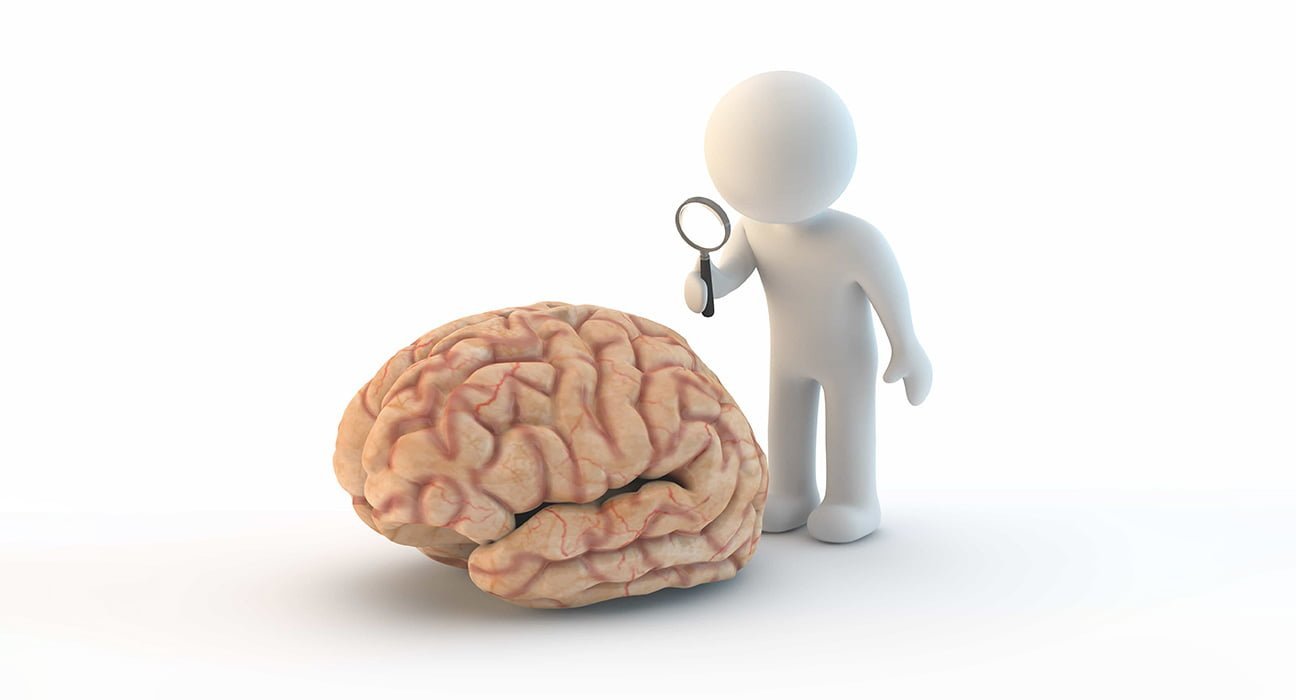Any technique used to elicit reactions that human behavior in other situations may be related to is referred to as an “assessment.” Psychological assessment, also known as psychometrics, is the systematic application of tests to characterize psychophysical traits, skills, and issues to forecast psychological performance.
Exams administered as part of China’s imperial examination system may have been the first extensive tests. An early version of psychological testing, the exam measured candidates’ understanding of fiscal and civil law. A crude type of testing dates back to 2200 BC, when the Chinese monarch had his officials tested to establish their suitability for office every third year. Before written exams were introduced in the Han dynasty, such testing was adjusted and improved over several centuries. The testing requirements were excessively demanding, and the Chinese didn’t successfully accredit their selection processes. The examination schedule did, however, offer pertinent criteria for selection. Several early tests of intellect were intended more for amusement than for study.
A little more than a century ago, laboratory studies of sensory discrimination, motor abilities, and response time marked the beginning of psychological assessment in its current form. Francis Galton produced the first set of evaluations. France was a pioneer in modern psychological testing in the nineteenth century. It helped to distinguish between mental illness and mental retardation and lessen the abuse, suffering, and mockery meted out to both groups. Francis Galton developed a method for evaluating intellect based on nonverbal sensory-motor tests, as well as introduced psychometrics and eugenics. It was initially well-liked, but as it became clear that there was no connection to outcomes like college grades, it was dropped.
The name “phrenology” was coined by Joseph Gall, who used head bumps to quantify the human skull and determine a person’s personality. It is an early psychological evaluation technique. Since the fourth century, physiognomy has been a subject of study. Phrenology, a highly specialized form of quackery based on the idea that we can discern a person’s inner character from their external appearance, especially the face, was founded on the centuries-long popularity of physiognomy. The psychograph was an instrument used to assess personality through phrenology. The brain, according to Joseph Gall, is the organ of feelings and faculties, and these abilities are localized. Because a skill adheres to the structure of the brain, to the extent that a faculty was well developed, the relevant component of the brain would be expanded and eventually create a bump.

In Great Britain and continental Europe in the late 1800s, experimental psychology was in vogue. Laboratory tests using unbiased, repeatable processes were used to evaluate human talents. Experimental psychology had the flaw of confusing intellect with basic sensory processes. They believed that these skills lay at the core of intelligence, thus they employed a variety of brass instruments to assess sensory thresholds and reaction times. At Leipzig, Wilhelm Wundt established the first psychological laboratory in 1879. He suggested that each person’s rate of thought might be different.
In Great Britain, Francis Galton (1822–1911) was a pioneer of modern experimental psychology. He had a measurement compulsion. Galton provides evidence that individual variations are both real and quantifiable. Galton carried on the brass instrument tradition, but there was a significant divergence. His methods made it considerably easier to quickly gather data from hundreds, if not thousands, of participants. Both the physical and behavioral areas were tested and measured. He showed how objective exams might be created and how standardized methods could yield meaningful results.
Before arriving at Columbia University, Catell explored the new experimental psychology with both Wundt and Galton. For 26 years, he served as the unchallenged dean of American psychology. Catell conducted the research he planned to do on personal differences. He coined the phrase “mental test”. Experimental psychology was forced to depart from the brass instruments strategy by Wissler. Binet unveiled his scale of intelligence in 1905. In psychology, rating scales are frequently employed to quantify a variety of subjective psychological factors. Galen, a Greco-Roman physician who lived in the second century, is credited with developing a rudimentary form of a rating system. Christian Thomasius was the first to create and use rating scales for psychological factors (1655-1728).
By the early 1800s, medical professionals had concluded that, unlike mental retardation, which showed a greater developmental continuity and invariably resulted in impaired intellect, some cases of psychiatric impairment were caused by reversible ailments that did not always imply diminished intellect. Social attitudes towards people with psychological and mental disorders started to change as a result of a rediscovered humanism. This humanism led to a rise in interest in the identification and treatment of mental impairment. Several doctors had started to distinguish between mental illness and mental retardation by the start of the nineteenth century. The distinction in writing was first formalized by Esquirol (1772-1840). He created the first mental retardation classification system, with linguistic abilities serving as the primary diagnostic criterion. In the late 1800s, Edouard Seguin contributed to the development of a new humanism for people with mental impairment.

In 1905, Alfred Binet (1857–1911) created the first intelligence test. According to Binet, higher psychological processes can be used to measure intelligence more accurately than simple sensory processes like reaction time. As a result, the first official scale for judging children’s intelligence was created. The concept of calculating a mental level was a significant advancement that would shape the nature of IQ testing throughout the 20th century (later mental age). Binet’s mental test was successfully used, and psychologists understood that their innovations might be useful for a wide range of societal groups.
The diversity of tests created at the beginning of the 20th century influenced the nature of tests used today. Goddhard established himself as one of the foremost authorities on the use of cognitive tests to detect people with intellectual disabilities. Goddard felt persuaded that the rates of weak-mindedness were substantially higher than the physicians who worked at the immigration office after visiting Ellis Island. He became a proponent of using intelligence tests to find immigrants with weak minds. The social ideas of Goddard’s day had an impact on his intellectual opinions. Theresa Leta Stetter Hollingworth’s Testing for giftedness was one of the early applications of IQ tests. Hollingworth discovered that kids with high levels of genius outperformed those with only average levels of genius in terms of academic achievement. She made IQ testing more scientific. She suggested creating a revolving fund from which gifted kids might draw money to further their education. The Stanford-Binet, the original IQ standard With his 1916 version of the Binet scales, Stanford professor Lewis M. Terman (1857–1956) helped make IQ testing widely used. The Stanford-Binet revision was a significant one. For years, it served as the benchmark for assessing intellect.
Researchers were looking for group mental exams to supplement French-imported examinations. Group tests took a while to gain popularity, in part because the initial version still required arduous manual scoring. Once the United States entered World War I, the hitherto plodding pace of group testing innovations accelerated sharply. Robert M. Yerkes persuaded the US government and army that all of its recruits ought to undergo intelligence assessments to be classified and assigned. The army Alpha and Army Beta were born as a result. Eight verbally loaded examinations for average and high-functioning recruits made up the alpha. The army beta was a nonverbal group test created for recruits who did not speak English as their first language and those who were illiterate. The army examination was designed to help identify and remove the mentally incapable, to classify personnel as per their mental capacity, and to help place capable men in positions of responsibility. Group tests were popularised by Yerkes’ big plan for screening army recruits. In the 1930s, the introduction of automated scoring increased the effectiveness of objective group assessments.
Compared to intelligence tests, aptitude tests examine more specialized and defined abilities. One ability domain will be measured by one aptitude test. Aptitude test development, however, trailed behind that of IQ test development. Personality tests did not first exist in a format like the modern one until World War I. It was necessary to identify the army recruits who were most susceptible to psychoneurosis. To identify false bad, fake good, and random response patterns, the MMPI also introduced the use of validity scales. The word association method developed by Galton, which also included the Rorschach inkblot test, is where the projective approach got its start. Psychologists were coming up with strategies for guiding and counseling the vast majority of more normal people. The interest inventory has Thorndike-era roots.
The 1940s saw the rise of personality tests as effective tools for clinical assessment as well as for determining the normal range of functioning. Throughout the twenty-first century, testing’s scope has expanded further. Both in group testing from societal applications and in one-to-one healthcare purposes. The development of evidence-based practice is a component of a global trend that calls for evidence that interventions and treatments produce demonstrable beneficial results when the best available research evidence is integrated with clinical competence and patient values.













Leave feedback about this